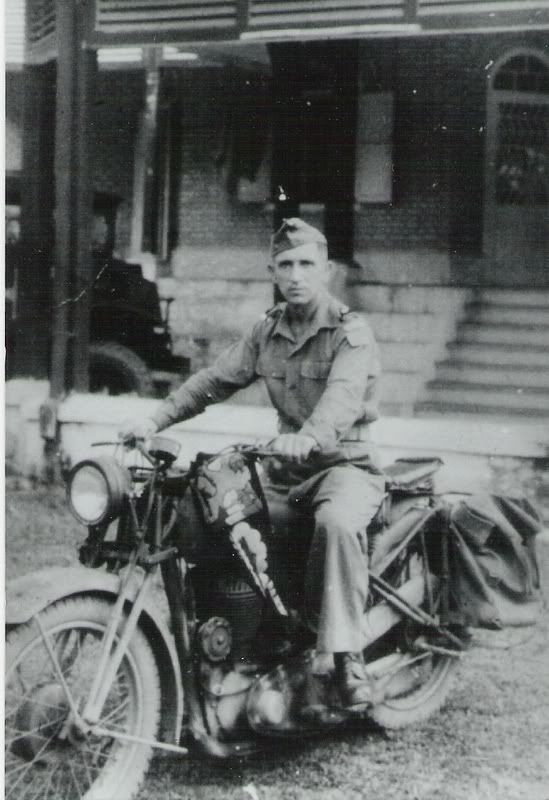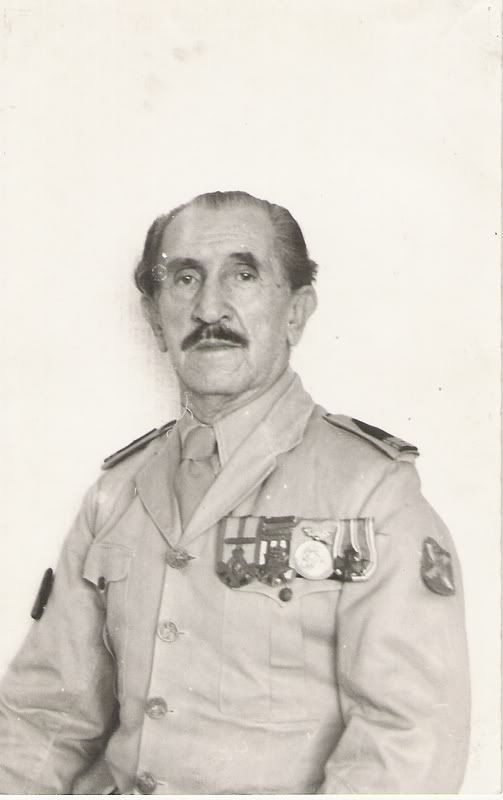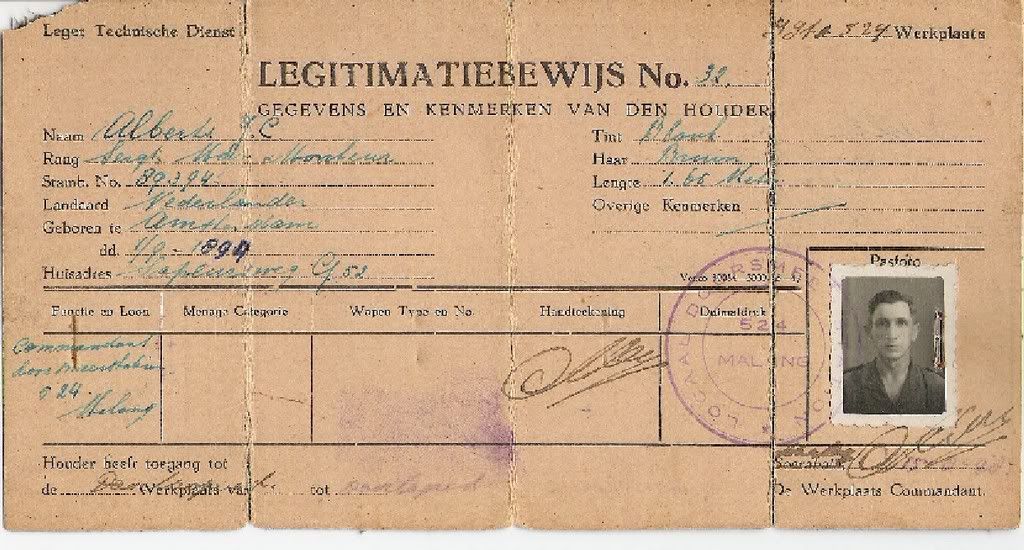More on the Dutch merchant navy’s significant contribution in the Pacific War, especially in the early days of resisting and turning Japan back in 1942.
Koninklijke Paketvaart Maatschappij
Royal Packet Navigation Co. of Netherlands East Indies (NEI)
There is virtually no record in Australia of the contribution that KPM ships, their officers and crews made to the Allied war effort during World War II, and in particular in the “Battle for Australia” in the years 1941/1945. The following narrative briefly sets this out. Some thirty KPM ships were involved in the New Guinea campaign in the South West Pacific area and these were superintended by KPM staff from the Sydney office after Batavia (Jakarta) was lost to the Japanese.
KPM commenced operations late in the 19th Century, advancing the increasing Dutch influence in the area. It became one of the largest shipping companies in the world, and then during World War II, half of what was left of its battered fleet after Japan over-ran Malaya and the Dutch East Indies, played a crucial part in slowing then repelling the Japanese advance on Australia during the critical days after Pearl Harbour. (The fleet’s other half deployed to other oceans, the Company’s five largest vessels contributing notably to the war effort as Allied troopships.) On 10 May 1940, the full might of the German armed forces was unleashed on Holland, stores and supplies of all kinds from home-based infrastructure for their fleet of 150 ships operating in the NEI ceased, logistical problems mounted and the operations formerly run by the Batavia Head Office now became more reliant on supply from Australia, carried in KPM and Burns Philp cargo ships.
On 20 February 1942 the Australian Parliament was summoned to discuss ways and means of satisfying the Dutch East Indies’ request for help.
7 December 1941 - 7 March 1942.
The Japanese attack on Pearl Harbour, 7 December 1941, commenced a savage war in South East Asia and the Pacific. The real Japanese targets in Malaya and the Netherlands East Indies were the oil, tin, bauxite, rubber and many other commodities they badly needed. Singapore, cornerstone of the Allied defence whole of South East Asia, must be captured. So at the same time as they attacked Pearl Harbour, they also launched two other powerful forces southward - one through the Phillipines and New Guinea, the other through (the then) French Indo China.
On 10 December 1941, just three days after Pearl Harbour, the British battleships Repulse and Prince of Wales, were sunk off the east coast of Malaya by Japanese land based bombers with the loss of over 800 lives. The Allies had now suffered grievous naval losses at each end of Japan’s campaign area and the vulnerability of the whole region was immense.
Sinking of Repulse and Prince Of Wales by Japanese torpedo bombers on 10 December 1941.
Dutch naval forces in NEI consisted of several cruisers, 3 or 4 destroyers, some submarines, and minesweepers as well as a number of aircraft.These forces were supplemented by the United States cruisers Houston and Marblehead, and some old US destroyers, the British Cruiser HMS Exeter and several destroyers as well as from Australia the Cruiser HMAS Perth, nine corvettes and the Armed Merchant Cruiser HMAS Kanimbla. KPM’s situation, up to this time precarious, now became quite desperate.
As the Japanese Naval Forces closed in for the kill, the KPM merchant shipping losses started. Over the months they mounted. January 1942 sinkings were:-
Van Rees and Van Riebeeck 8/1/42.
Camphuys and Benkoelen 9/1/42.
Sloet van de Beele 17/1/42.
Van Imhoff 19/1/42.
Togian 20/1/42.
Pynacker Hordyck and Van Overstaten 22/1/42.
Lemtang 23/1/42.
Buyskes 26/1/42.
Boelongan and Elout 28/1/42.
During February 1942 KPM lost another nine ships, including two captured at sea, Op Ten Noort (converted to a hospital ship) and Tobelo. . The other seven were sunk and included Rooseboom, crammed with over 500 civilians and servicemen, only six of whom survived. This was the greatest Dutch ship loss of life anywhere in the world during WWII and is mentioned again below. February saw the Allied and Japanese naval forces engaged in the Battles of the Java Sea and Bantam Bay, with the losses including Dutch naval vessels and HMAS Perth .
On 1 March Toradja, Tomohon, Siaoe, Parigi and Batak were sunk, while Le Maire disappeared without trace en route from Tjilatjap to Australia. Over the next four days Minjak, Siberoet and Merkus were sunk. Fourteen ships were scuttled in Soerabaya and Tjilatjap, two were captured at sea and one totally destroyed in Tjilatjap. There were other losses at sea and ships destroyed in a number of ports to deny them to the invaders, and by the time the Japanese land forces reached Tjilatjap on 7 March, in all a staggering seventy-nine ships, over half the KPM fleet, had been lost.
The Dutch and Netherlands East Indies Merchant Navy and Defence Forces, with some elements of their allies, had held the Japanese from occupation of their territory for three weeks after Singapore had fallen on 15 February. The cost and the bravery were beyond count, and who can measure the benefits derived by Australia and its allies in precious preparation time for the turning battles to come, on the Kokoda Trail, at Milne Bay,and in the Coral and Bismarck Seas ?
The most tragic KPM loss in this period (and mentioned earlier) in terms of lives lost was that of the Rooseboom, sunk on 28 February. Having left Emmahaven on the 27th with over 500 passengers and crew she was torpedoed in the Indian Ocean by the Japanese submarine I-59 under Lt Yoshimatsu, the force of the explosion destroying all but one of the lifeboats and the ship sinking within minutes. There were some eighty survivors in and around that lifeboat. One by one they succumbed to injuries, sunstroke or exhaustion, while the lifeboat drifted towards the west coast of Sumatra. Three and a half weeks later, the lifeboat was washed up on Sipora Island, containing four living skeletons - a Scottish regiment’s Sergeant Gibson and three others - to recount the story. Two weeks earlier, two others had been picked up from other wreckage.
7 March 1942 - 15 August 1945.
Chaotic conditions meant that no Dutch crew and passenger lists or manifests survived to detail evacuees, casualties or lost lives, thus little or no record remains. By April, some thirty vessels had escaped to Australian ports, but such was the Japanese threat to Australia, that some of these KPM ships took up their war time task once again almost as soon as they reached Sydney, unarmed as they were. On 6 April, barely a month after the fall of Tjilatjap, Cremer, Van Heutsz, Tasman and Maetsuycker in convoy with other allied merchant ships left Sydney for New Guinea, with Australian and American troops aboard.
During all this wartime conflict the Dutch KPM ships operating in all areas continued to fly the Dutch National Flag and remained manned by KPM Officers and Engineers.The tragedy for the Dutch Officers was having to leave their wives and families behind, thousands of these becoming prisoners of war, with one in six dying in Japanese captivity. Many of the KPM Javanese crewmen in Sydney at this time and unable to return home, refused duty, accepting the wartime penalty of internment. Replacement crews came from Australian merchant seamen and naval ratings who sailed in Dutch ships thus under a foreign flag.
Progressively armed, the KPM ships went into action, many spear-heading the forward movement of troops and supplies to such places as Oro Bay (where, in Operation “Lilliput”, the KPM ships predominated), Buna, Finschhafen and Aitape. They also carried out special missions to Noumea, Darwin, Exmouth Gulf, and Merauke and Hollandia in Dutch New Guinea.
As the Japanese forces moved south towards Port Moresby, the allied Convoy ZK8, comprising KPM ships Bantam, Bontekoe, Van Heemskerk and Van Heutsz, with other Australian and foreign vessels left Australian ports late in May for Port Moresby. They carried 4,735 troops of the Australian 14th Brigade and their equipment, the first Australian units to meet the Japanese on the Kokoda Trail.
The first convoy carrying defence reinforcements into Milne Bay on 25 June included KPM’s Karsik and Bontekoe. In July, Tasman (later converted to a hospital ship) transported portions of the Australian 7th Brigade to Milne Bay, the brigade consisting of the 9th, 25th, and 61st Militia Battalions, largely raised in the Darling Downs of Queensland.
This emphasis on strengthening the Milne Bay turning point was rewarded: on 25 August 1942, two Japanese cruisers, three destroyers and a transport carryng 1200 troops with tanks entered Milne Bay to effect a landing. They forced Tasman and HMAS Arunta to seek shelter in another part of the bay. Twelve days later these Japanese forces had been defeated, and on 7 and 8 September they withdrew, having suffered the first repulse of a Japanese invading force in the Pacific War.
http://merchant-navy-ships.com/index.php






